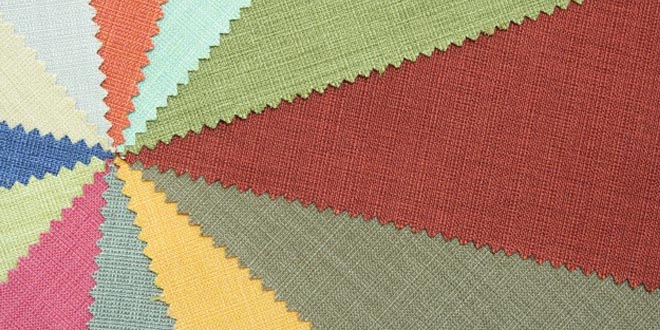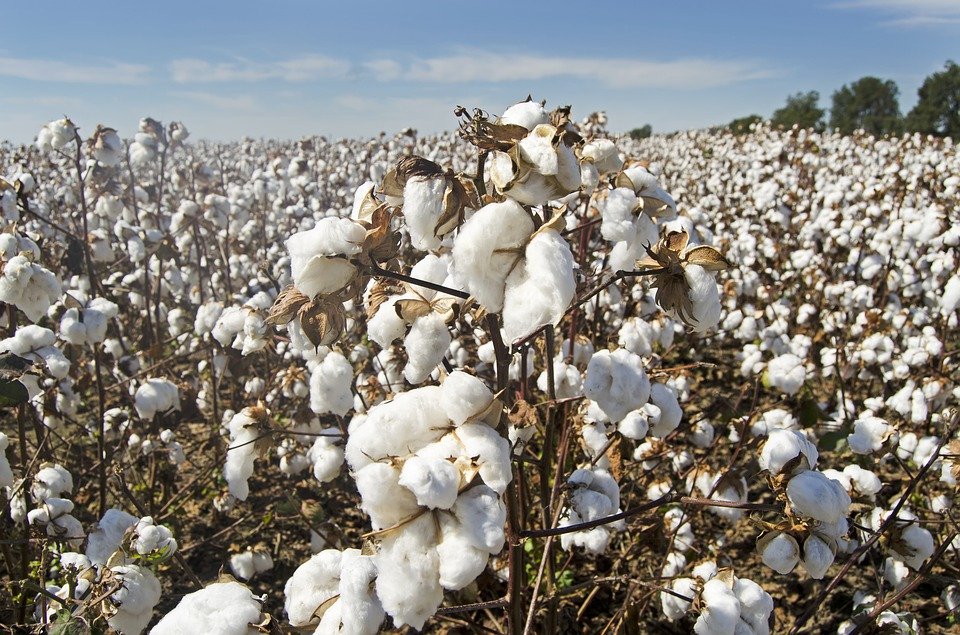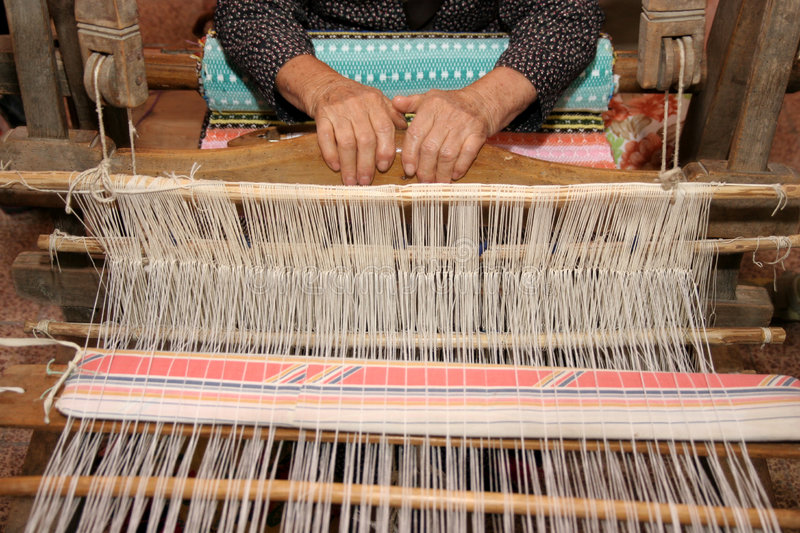what is fibre?
Thin strands of threads are made up of still thinner threads called Fibres. Fibres make yarn that further make fabrics. the clothes you wear are made from these fabrics.
Types of fibres-
There are two main types of fibres-
Natural fibres– These fibres are made from plants and animals like cotton, jute, silk, and wool. Cotton and jute are obtained from plants whereas silk and wool are obtained from animals.
Synthetic fibres– Unlike natural fibres, synthetic fibres are made from substances and machines are used in the making of such fibres. A few examples of synthetic fibres are- polyester, nylon, acrylic, etc.
Some plant fibres-
1– Cotton:
- It is mostly grown in areas where black soil is found.
- Cotton requires a warm climate to grow.
- Cotton bolls are the fruit of the cotton plant that burst open after maturing and cotton fibre can be seen.
- the cotton is picked from the bolls by hand.
- These cotton fibres have seeds in them. These seeds are removed from the cotton through a process called Ginning.
2- Jute:
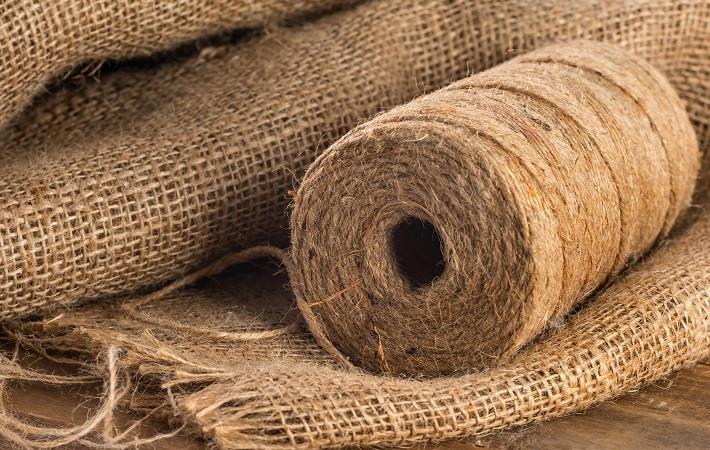
- Jute is cultivated from the stem of its plant.
- When the stems rot, jute fibres are extracted from it.
- Jute is mostly grown in staates like west Bengal, Assamand Bihar, etc.
- It is cultivated during the rainy season and is harvested during its flowering stage.
3- Silk:

- Silk is an animal fibre.
- It is made from the cocoons of silk worms.
- Silk worms make cocoons by spinning threads around it.
- The cocoons are separated from the silkworm by boiling them. This kills the silk worms and then the silk fibres are extracted from the cocoons.
Spinning:
- Spinning is done to turn fibres into yarns.
- In this process fibres of cotton, or wool are taken out and twisted to bring them together which turns them into fibres.
- common tools used for spiining are hand spindle(takli) and Charkha.
- for large scale production of yarns, spinning machines are used.
Now that we have converted fibres into yarns, let us see how yarns are converted to fabrics.
There are two main processes of converting yarn into fabrics-
1- Weaving:
- It is the process of converting yarns into fabrics by arranging two sets of yarns together.
- weaving is done on looms.
- It can be done by hand or by using machines.
- The yarns are very thin and by arranging two yarns together a fabric is made.
2- Knitting-
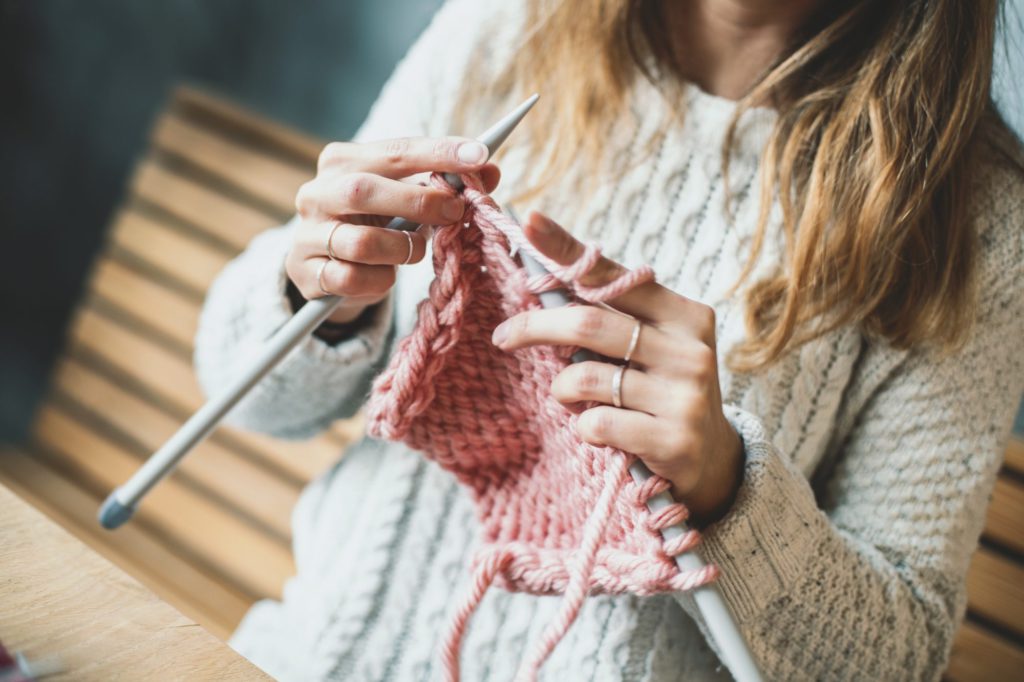
- In kinitting, a single yarn is used to make fabric.
- It is also done by hands or my machines.
- You must have seen socks and sweaters that are knitted.
In this article, we gave you a brief introduction to the chapter ‘Fibre to fabric‘. You can check out the doubt buddy app to get all your science-related doubts cleared along with many more subjects. It is the best doubt solving app where you get answers instantly and you can connect with the best tutors to get further guidance.
download the doubt buddy app- https://play.google.com/store/apps/details?id=com.doubtbuddy.student&hl=en_IN&gl=US
check out more articles from us- https://blog.doubtbuddy.com

